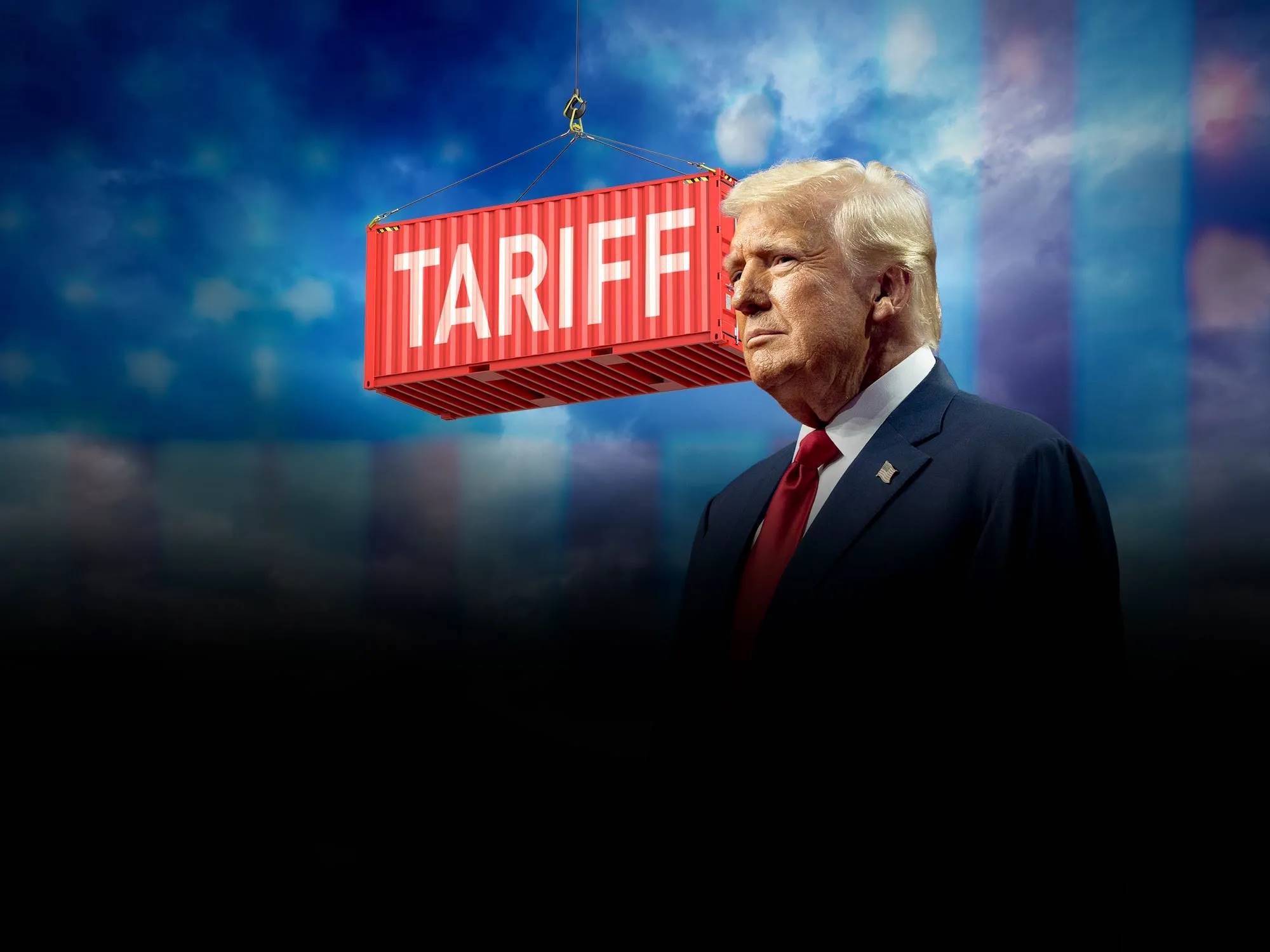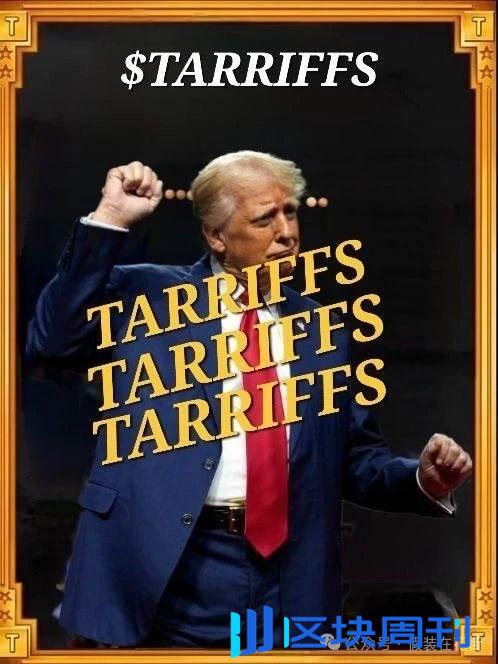In a breakthrough move to ease years-long trade tensions, the United States and China jointly announced a 90-day suspension of reciprocal tariffs on key goods, marking the first substantial de-escalation since the trade war began in 2018. The agreement, unveiled during high-level talks in Geneva, suspends 24% of recently imposed tariffs while retaining a 10% baseline rate, offering temporary relief to businesses and consumers amid global economic uncertainty
Key Details of the Agreement
Under the Geneva Joint Statement, both nations will suspend 24% of additional tariffs imposed since April 2025, effectively reducing the effective tariff rate to 10% on covered products. The U.S. revoked earlier executive orders (No. 14259 and 14266) that had escalated tariffs to as high as 145%, while China reciprocated by canceling retaliatory measures under its 2025 Tax Commission Announcements No. 5 and 6. Notably, both sides retained the right to reinstate the remaining 10% tariffs, leaving room for future negotiations.
The truce follows months of escalating friction. In April, the U.S. cited fentanyl concerns to impose 24% tariffs on Chinese goods, later threatening to raise them to 50%, while China responded with countermeasures targeting American agriculture and automotive sectors. The economic toll became untenable: U.S. ports saw a 35% drop in cargo, while Chinese exporters accelerated supply chain diversification through RCEP partners, reducing reliance on the U.S. market to 14.7% of total exports.

Market Reactions and Sectoral Impacts
Global markets rallied on the news. China’s A-share export-recovery sectors surged, pushing the Shanghai Composite Index near 3,400 points, while the Nasdaq Golden Dragon Index jumped 3.5%. The offshore yuan appreciated 1% against the dollar, reflecting renewed investor confidence. Industries hardest hit by tariffs, such as solar panels and semiconductors, are expected to benefit immediately. Chinese photovoltaic firms, which previously shifted production to Southeast Asia due to U.S. duties exceeding 109%, may now reconsider domestic reinvestment.
However, risks linger. The U.S. continues to pursue “friend-shoring” strategies, aiming to reduce dependency on Chinese supply chains by lowering tariffs for Southeast Asian imports to 25%. Meanwhile, China’s dominance in rare earths—critical for U.S. defense and tech sectors—remains a sticking point. Recent Chinese export controls on dysprosium and terbium have already disrupted American defense contractors, with Pentagon reports warning of supply chain paralysis within six months.
Underlying Strategic Struggles
While the tariff truce offers short-term stability, deeper conflicts over technology and global influence persist. The U.S. seeks concessions on market access and intellectual property, while China demands an end to semiconductor sanctions and recognition of its “core interests,” including sovereignty over Taiwan and Hong Kong.
The agreement establishes a bilateral the negotiation mechanism co-led by Chinese Vice Premier He Lifeng and U.S. Treasury Secretary Scott Bassett, aiming to address unresolved issues like remaining tariffs, rare earth exports, and digital trade rules. Analysts caution that the 90-day window is fragile. “This isn’t a resolution but a tactical pause,” noted a Peterson Institute report. “The real battle lies in tech standards and rare earth control”.

Global Implications and Future Outlook
The détente injects cautious optimism into the WTO and climate negotiations, yet long-term challenges loom. As U.S. inflation remains elevated and China advances tech self-sufficiency—exemplified by Huawei’s 90% domestic 5nm chip production—the tariff war’s legacy underscores a fragmented global economy split into “regionalized” and “values-based” supply chains.
For now, businesses and investors are advised to monitor the negotiation progress closely. As The Wall Street Journal observed, “Tariff relief is just the prelude; the real contest is over who defines the 21st-century economic order”.
Sources: Comprehensive reports from Shenzhen-Hong Kong Online, 163News, East Money, and others.


